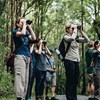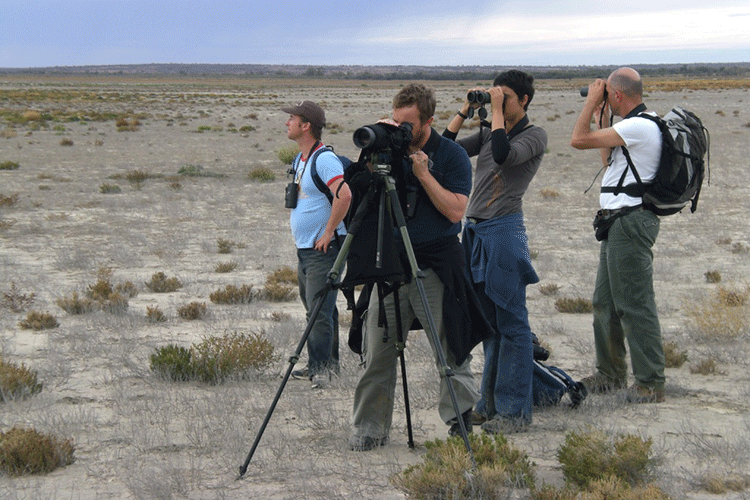
Citizen, where art thou?
Monday, 07 August 2017It’s time to get the public directly engaged with saving threatened species
Citizen science has been steadily increasing in recent years, both in terms of number of projects and people involved. Environmental research has been the focus of many citizen-science projects, and now the TSR Hub has launched a project to help improve outcomes for threatened species. What’s the connection between citizen science and threatened species? Dr Rochelle Steven from the University of Queensland sets out the arguments.
Australia’s threatened species are facing numerous threats across the continent. The vast area this beautiful land occupies makes for a unique and diverse fauna and flora, but its sheer vastness also creates a major challenge for our efforts to track and manage the decline of those species facing imminent extinction. That vastness makes monitoring difficult and getting around very expensive. So how do we maximise efficiency while also learning more about the species whose very existence is under threat?
So, what is citizen science and what is its potential? There are a few definitions around but, generally speaking, citizen science involves getting volunteers (citizens) to participate in the collection of data that can be used to answer scientific questions. At a minimum, citizen science involving the environment and conservation gets people thinking about nature. But it can achieve much more as well; with citizens collecting valuable biological data that will contribute to better conservation outcomes.
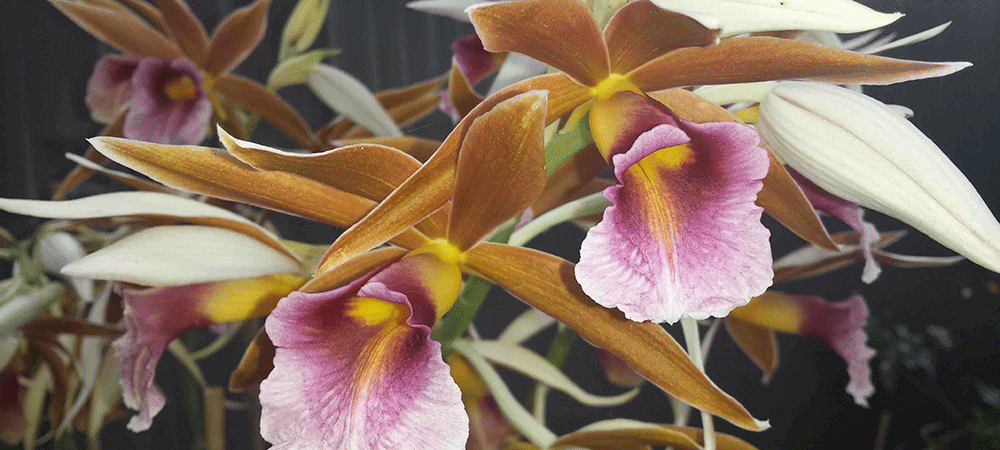
The lesser swamp-orchid (Phaius australis) was once found along the east coast from north Queensland to north-east New South Wales. Citizens can assist in the recovery of the lesser swamp-orchid by working with local NRM groups to monitor the remaining populations of the species and protect them from weed invasion and illegal collection by orchid enthusiasts. Plants can also be purchased from licensed and reputable nurseries which may assist in supplementing local populations.
One citizen-science platform that is already established and regularly contributing to the published scientific literature is Redmap. It’s a citizen-science reporting tool for recording the sightings of uncommon marine species. With 55 species of fish currently listed on the Environment Protection and Biodiversity Conservation Act (1999) and numerous grey nomads and regionally based citizens enjoying fishing as their recreational pastime, this link presents an exciting opportunity for threatened-species monitoring.
The second challenge is that threatened species may be ‘sensitive’ or ‘vulnerable’ to the potential disturbance of direct monitoring activities. A strategy to deal with this is to recruit citizen scientists to monitor species remotely. That is, to review images and footage from camera monitors to identify occurrences of threatened species (all done without setting foot in their habitat).
- Citizen science has enormous potential to help gather information on threatened species and the threats they face.
- The TSR Hub is building a framework of best practice for citizen science that maximises the impact of citizen science for threatened species recovery.
To develop this best-practice framework, we will be talking with practitioners and project officers associated with citizen science and threatened species in Australia. We will be asking them how they measure their successes, what impact their citizen-science projects are having and what challenges they have faced in the past and continue to deal with. Essentially, we are hoping to create a recipe for success for how citizen science is best done for threatened species.
Our citizen-science project has only recently started. We are eager to hear from anyone with knowledge of citizen-science programs actively involved in threatened-species monitoring and recovery. If you can help us or would like more information about our project, please get in touch.
Top Image: ‘Citizens’ collecting data out in the field may be an effective way of obtaining information in a vast country.
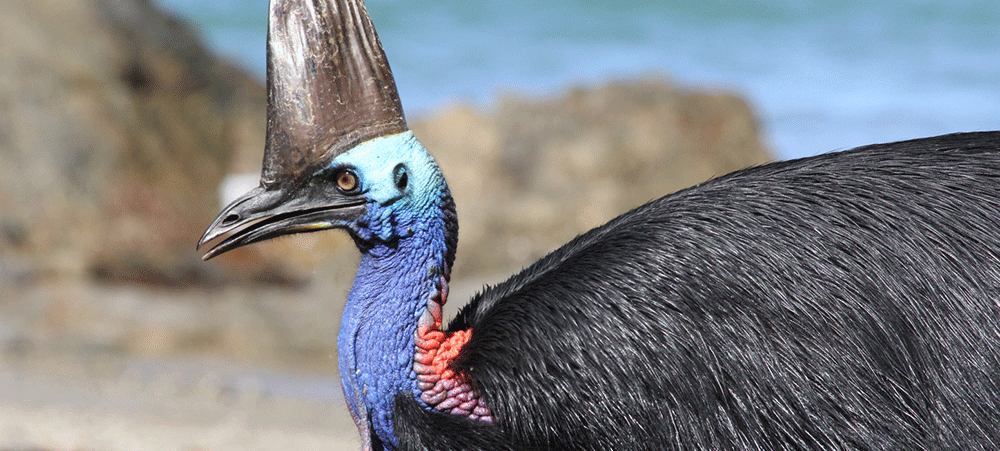
Image: Rochelle Steven
-
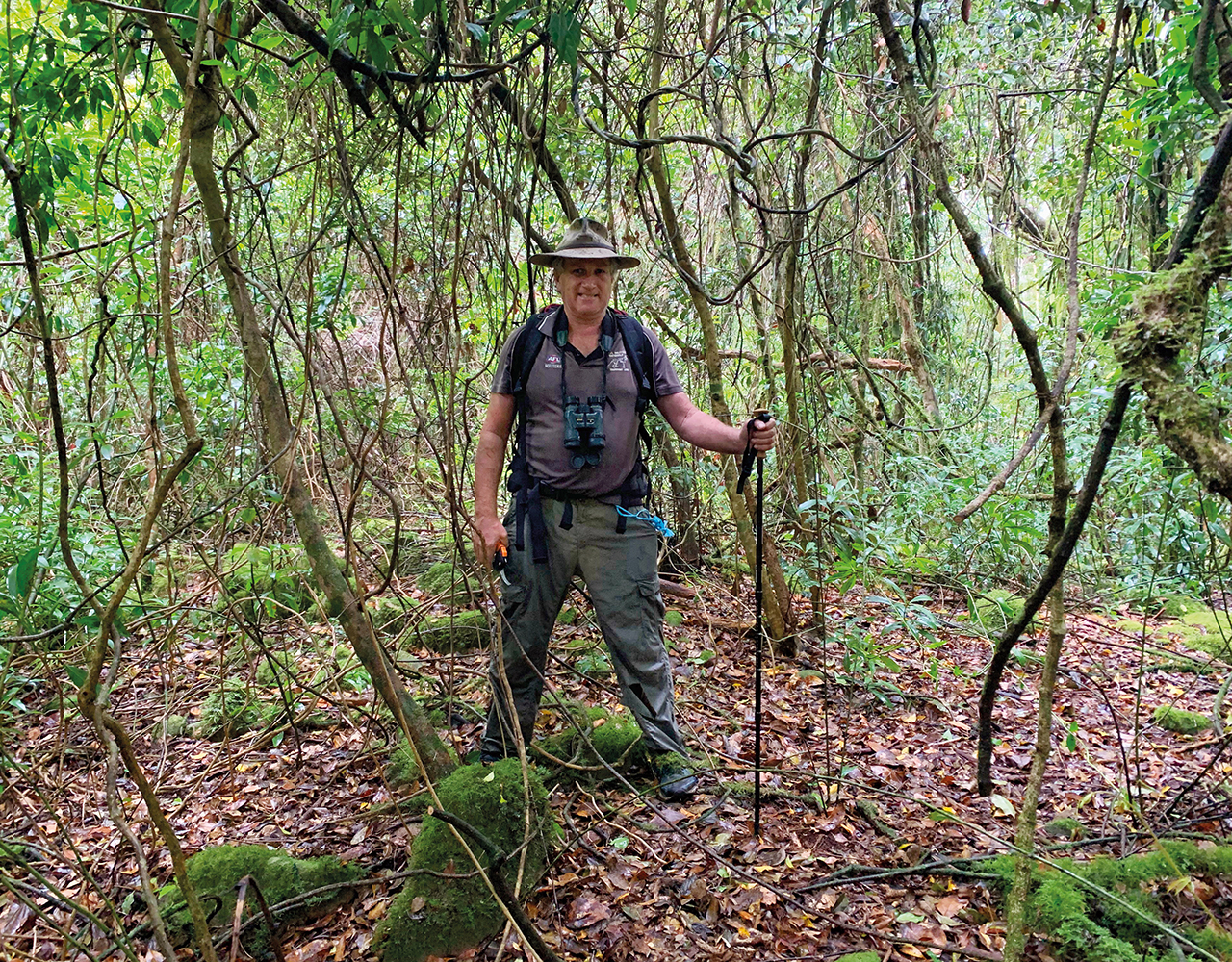
The importance of community for threatened species
Wednesday, 21 October 2020 -
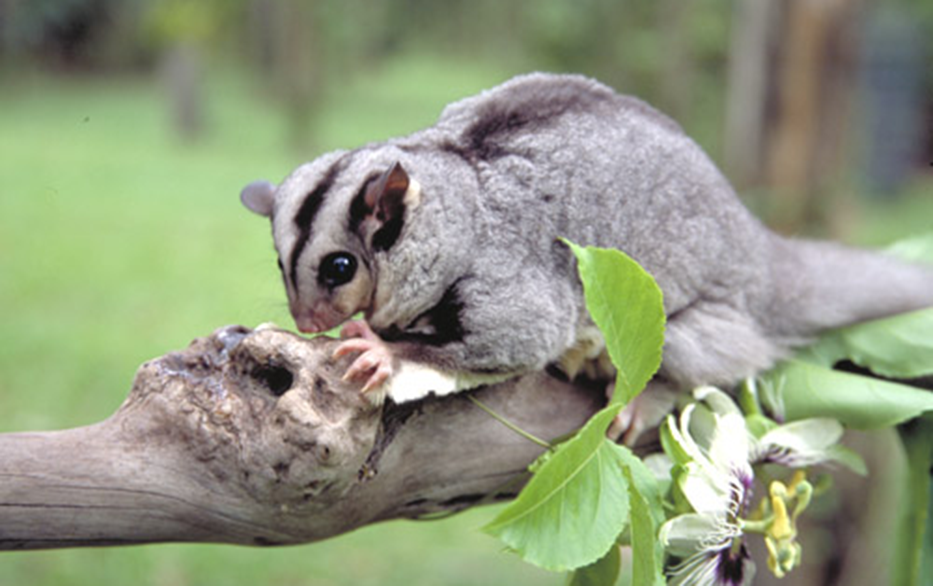
Australia’s possums and gliders
Tuesday, 09 July 2019 -
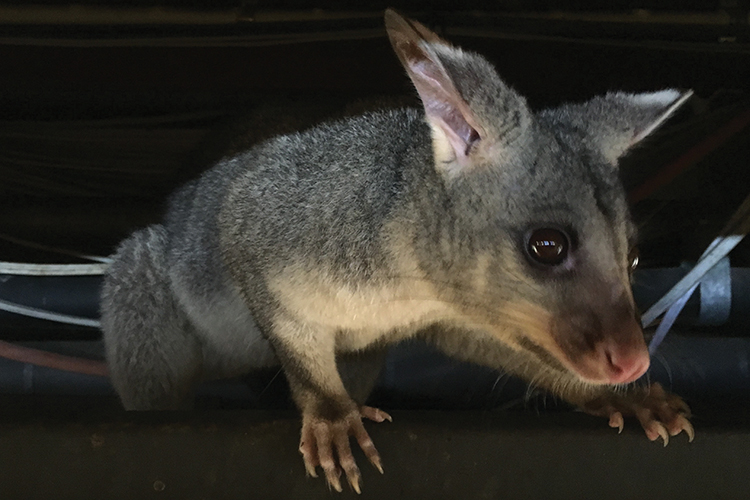
Backyard scientists helping possums and gliders
Tuesday, 26 November 2019 -
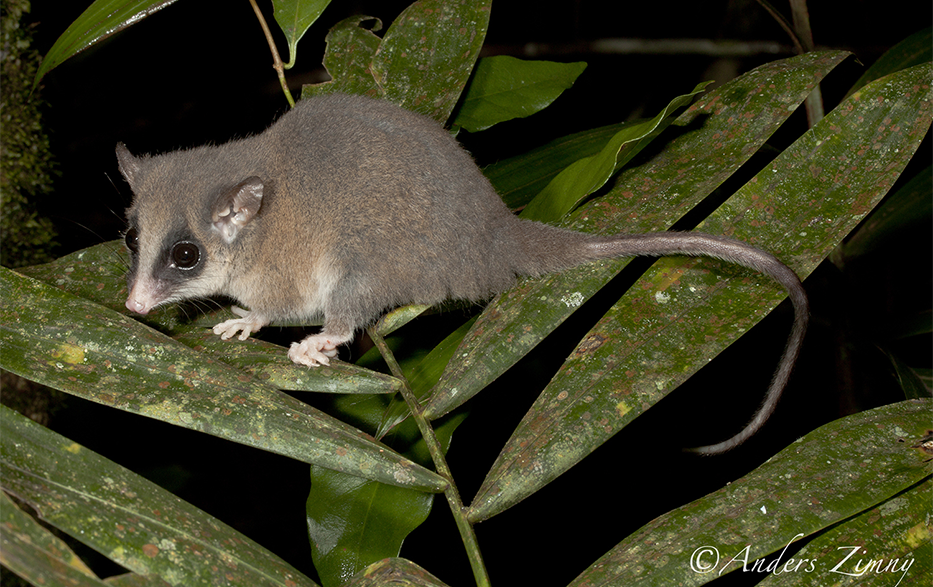
CAUL Urban Wildlife app Possums and Gliders Project
Friday, 24 May 2019 -
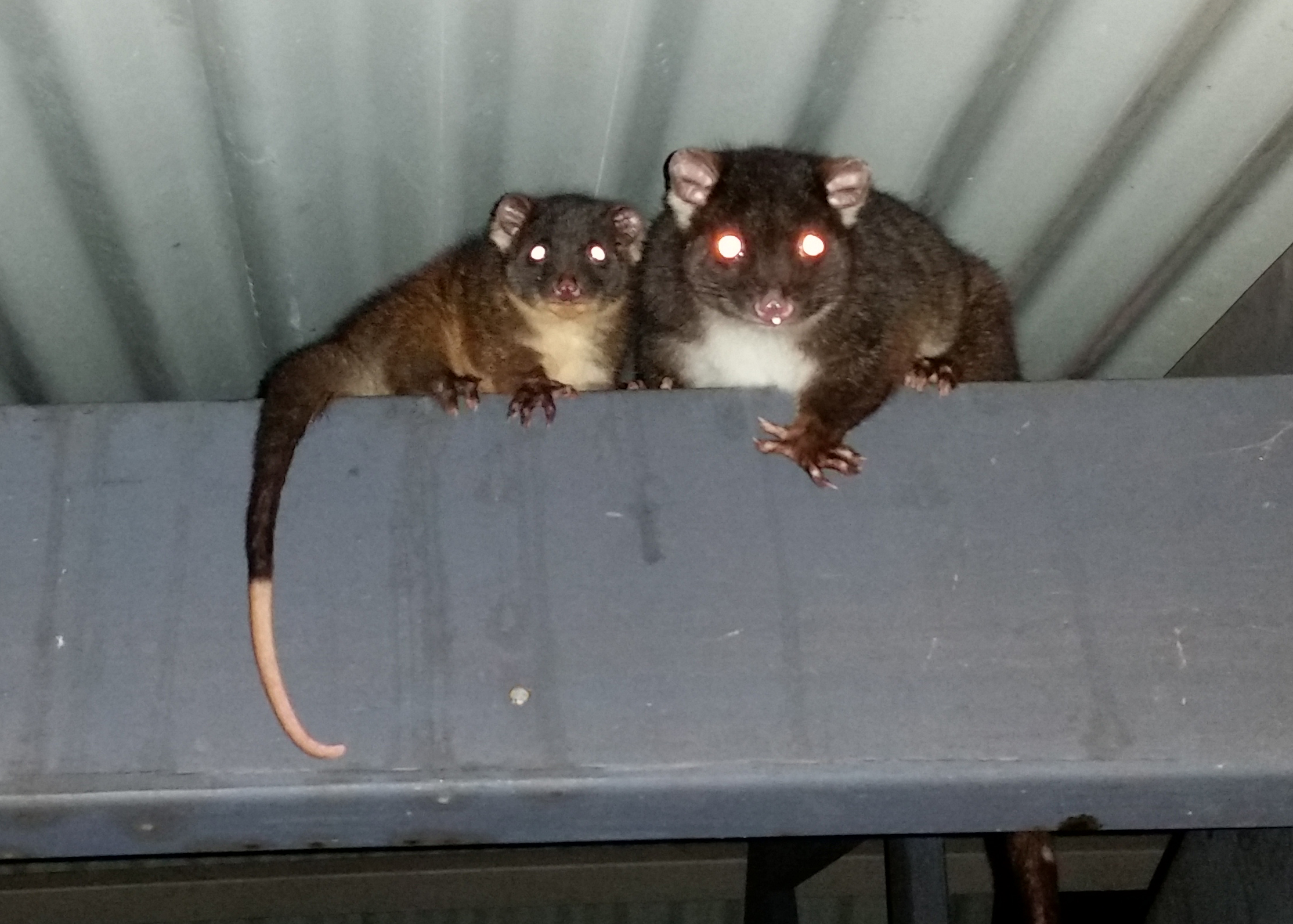
Citizen scientists collaborate on mammal surveys in urban gardens
Tuesday, 29 January 2019 -
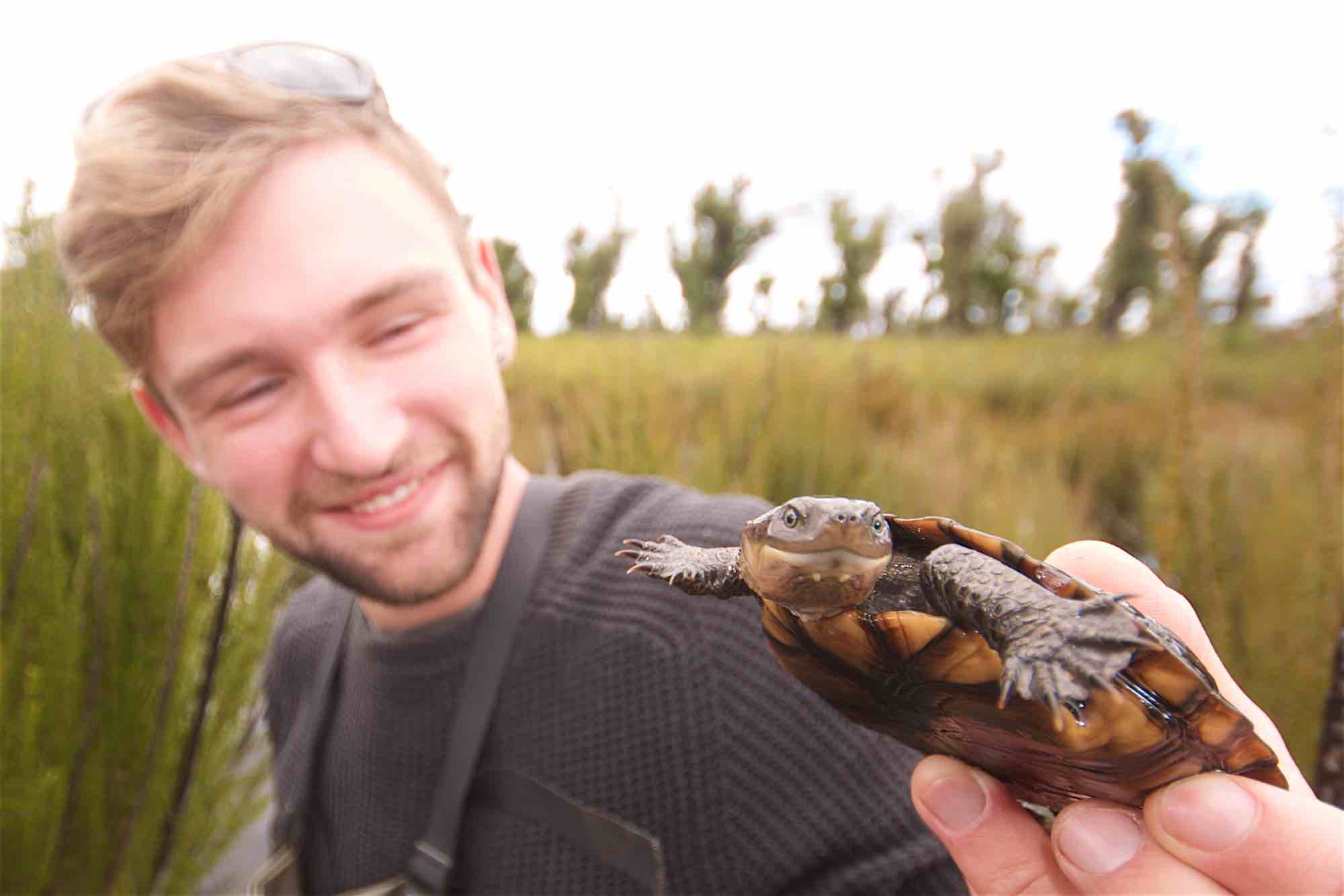
Editorial: It is people who save species
Thursday, 15 December 2016 -
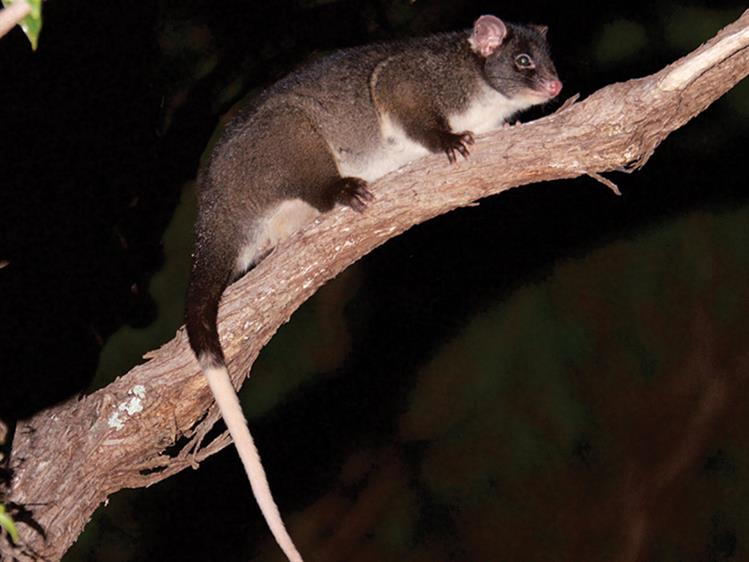
Wineries for ringtails
Thursday, 02 July 2020
